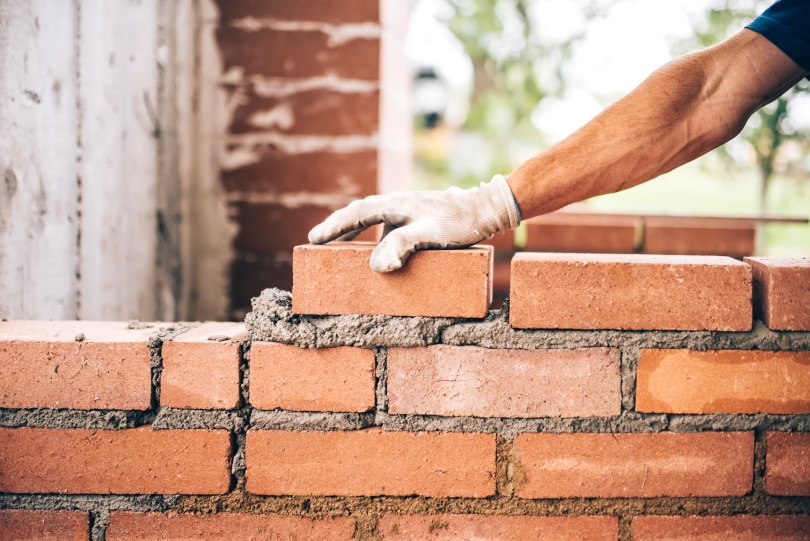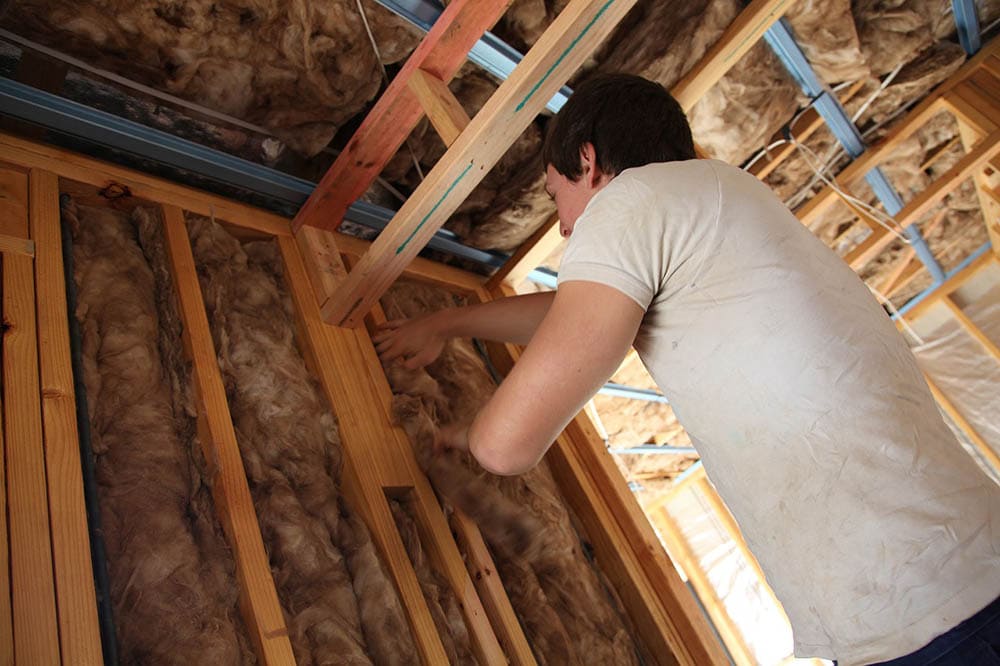Do I Need a Permit to Build a Wall in My House? What You Need To Know!
-
Chris Dinesen Rogers
- Last updated:

Perhaps because of all the time we spent at home during the pandemic, many people are taking the plunge and remodeling. Americans spent an estimated $433 billion in 20211. The primary motivation was to improve the feel or look of their living quarters. We want to be comfortable in our homes. Of course, there is always the question of the legalities, particularly regarding building permits.
You may wonder if that applies to projects such as adding a wall. The short answer is that you’ll most likely need to get a building permit, especially with some projects. We’ll discuss the issue in more detail below.

The Reason You Need Permission
While it may seem like government red tape, a building permit serves a valid purpose. It ensures that whoever does the work follows all the appropriate building codes and public and personal safety regulations. That’s particularly true if your job involves plumbing, HVAC, or electrical work. A building permit puts someone in charge of doing it right.
Another reason may involve your property value. If you’re increasing it, your municipality will likely raise your taxes. However, it’s not just an excuse to get more money from you. It will also matter if you want to sell your house. Unpermitted construction could delay a sale or even affect the amount you get on the sale. Therefore, it’s in your best interest to stick to the letter of the law.
Besides, a building permit isn’t expensive if you’re doing something relatively minor.

Exterior or Interior
Building an exterior versus an interior wall brings the question of safety to the forefront. In the former case, you are changing your house’s footprint, which will undoubtedly make a building permit imperative, especially if it’s a load-bearing wall. Adding a window or egress will also require a permit.
You may think that you can get away with an interior wall. Unfortunately, that’s not always the case since construction typically isn’t a quiet activity. It only takes one complaint to send the building inspector your way.

DIY or Professional Job
According to the National Association of Realtors, 53% of household projects are professional jobs. While an interior wall isn’t the most difficult of tasks, it still requires specialized tools, such as a miter or circular saw you may not own. The other advantage is that a contractor usually pulls the permit for you as part of the job. A pro will know the building codes and ensure that it meets the specs.
Building a wall involves more work than just hammering in a few nails. For example, you must place studs every 16 inches on-center to meet the code. Remember that you’ll have to start from scratch and rebuild the wall if the inspector sees that the studs are too far apart.

The Cost of Skipping It
Some people think getting the permit and passing the subsequent inspection is more work than it’s worth. Unfortunately, ignoring the regulations comes at a price. If you build without a permit and a building inspector finds out, you’ll still end up paying the permit fee plus a violation fine on top of it. Often, municipalities make the fines painful to make a point. Our advice is to check with the city before the hammer hits the first nail.

Final Thoughts
We understand if you think applying for a building permit for a seemingly minor job like building a wall is a hassle. Sadly, some municipalities may have a different take on the matter. Remember that it’s not as much a money grab as a precaution for your safety. Considering what it can cost to skip it, we think it’s best to pony up and pay the permit fee upfront.
Featured Image Credit: bogdanhoda, Shutterstock
Contents